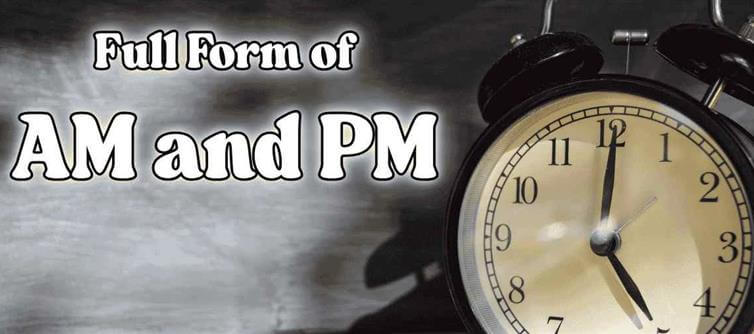
After a while, clockmakers developed their new technique using the circular sundial paradigm. In contrast to the conventional techniques, the first mechanical clock was created in europe for the medieval clock towers. It was a 24-hour device.
To save space and improve readability for pocket watch carriers, these 24-hour devices were replaced by 12-hour faces by the 14th century. As time went on, clockmakers began using the phrases "a.m." and "p.m." even though they had little to do with celestial bodies.
However, many nations and military organizations began debating time using the 24-hour clock by the late 19th century. The majority of the nations, except the Philippines, canada, and Australia, adopted a 24-hour clock. However, most people, including those from these nations, still tend to use the a.m. and p.m. acronyms since old habits die hard. What do A.M. and P.M. stand for exactly?
Full Form and AM and PM
A.M - Ante Meridiem
P.M - Post-Meridiem
What do A.M. and P.M. stand for?
The Latin words AM and PM are used as acronyms for Ante Meridiem and Post Meridiem, respectively. The time between midnight and 11:59 p.m. is indicated by AM, and the time between 12 p.m. and 11:59 p.m. is shown by PM.
There are twenty-four hours in a day, which are further divided into hours, minutes, and seconds. For instance, 9:35, which is nine hours and thirty-five minutes, can be shown using either the 24-hour clock or the a.m. and p.m.
Interesting Fact: The 24 hour clock is also called as the 'military time' in the U.S and canada since the militaries in these countries use it, even though common people use the 12 hour class.




 click and follow Indiaherald WhatsApp channel
click and follow Indiaherald WhatsApp channel